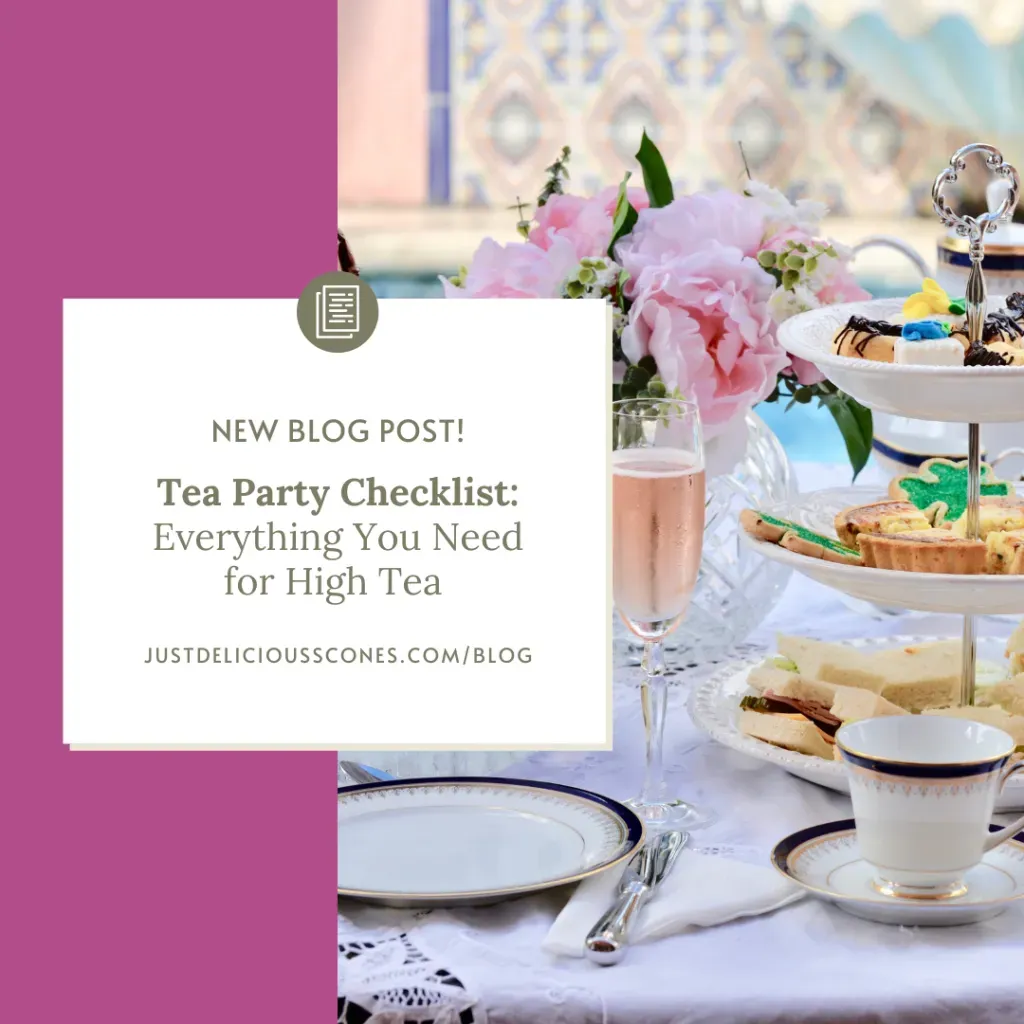Keep your tea bags fresh for years!
If they’re kept in a sealed container, preferably a sealable glass jar, or a tin, then there’s no reason they won’t stay fresh. In fact, many teas get better over time. The oil and the leaves, even over a period of years, will continue to blend and enrich the flavour. But there are exceptions…
Some teas such as Wulongs and Reds have a good stable long-term shelf life, especially Pu’erh which matures better over years (if not decades) and where storing to maturity actually forms part of the manufacturing process. It is compressed into large discs called ‘qi zi bing’ or Cake. You simply break a piece off when it’s time to make a brew.
Pu’erh, in particular, does not need to be sealed into long-term storage.
With your chosen tea to freeze, you may find the tone and layers of the tea will change over time, becoming deeper in quality and taste. So much so that when compared to a new ‘batch’ it may actually taste better!
This, of course, may depend on how much time the tea is exposed to air. the more the oxidation process is allowed to continue the more this will potentially degrade your precious stock.
Here are the “12 Do’s & Donts of Storing Your Tea”
Table Of Contents
1. Use Watertight Containers:
2. Avoid Odors
3. Avoid Light
4. Avoid Heat
5. Be Clean
6. Freeze in Batches
7. Store Once, Use Once
8. Don't think too long-term
9. Date it
10. Wait before using
11. Compost it
12. Don't freeze Pu'erh
1. Use Watertight Containers:
Tea freezes surprisingly well, mainly due to a lack of moisture that can affect the cell structure of the leaves. Therefore, make sure you first seal the tea in a watertight container before freezing. Don’t just toss your cardboard box of tea bags in the freezer and slam the door. The condensation in the freezer will be absorbed into the tea, resulting in soggy, insipid tea.
Do not pack the tea into containers too tightly, but try and ensure there’s as little air in there as possible. When possible, if freezing in a freezer bag of some form, try to squeeze out as much air as possible – without crushing the contents!
2. Avoid Odors
Storing in an open container will cause your tea to absorb other odors. You may end up with soggy curry-flavored tea and a ruined batch of your favorite Oolong!
3. Avoid Light
We know that light has some effects on tea. We’re not sure what exactly but studies show that metallic changes can take effect when exposed to light, remember this if storing in any transparent or translucent containers.
4. Avoid Heat
Heat is used as part of the oxidization process, so avoid exposing your tea to any substantial heat source prior to freezing.
5. Be Clean
Ensure any containers are clinically clean before storing our tea in them. Tea, as a plant, will continue the oxidization process when exposed to air. Just like any other plant, it will begin to decompose or develop mold spots. Minimizing exposure is key, as you don’t want to introduce any microbic elements that can accelerate this process.
6. Freeze In Batches
If you have a large portion of tea or lots of teabags, break up those larger portions into more user-friendly ones. Freezing in smaller containers and using one at a time is better than opening up a huge bag each time and letting moisture in. Remember, the tea will lose some freshness each time it’s opened.
7. Store Once, Use Once
Avoid re-freezing. Freshness will decline each time and more moisture is likely to be absorbed and destroy the cell walls of the leaves.
8. Don’t think too long-term
Try to avoid storing your tea for more than 12 months. Apart from anything else, why spend money freezing something you’re unlikely to use in the short term.
Like most other frozen food types you should not freeze them indefinitely. Tea will lose it’s freshness naturally over time, so (unless it’s Pu’erh) it makes sense to only buy what you’re likely to use over the course of a year.
9. Date it
Adding a date of freezing helps you to keep a log of how long the tea has been frozen for. Keep an occasional check to make sure you’re not storing any batches for too long.
10. Wait Before Using
Once taken out of the freezer, allow your tea bags to thaw for about 20 minutes at room temperature before you use them.
11. Compost it
Avoid just throwing away any teas you decide to discard. You can empty the tea bags and compost the tea! Just make sure to throw away the tea bags, as most are not compostable or recyclable.
12. Don’t freeze Pu’erh
Unlike it’s more ‘processed’ cousins, Pu’erh is a more natural tea so it will last far longer when not frozen. Pu’erh matures over time, for up to a hundred years or more before even being sold, so there’s an argument that your Pu’erh will only taste better over time anyway and freezing will only be detrimental to that maturing stage.
Ensure you keep your Pu’erh dry and allow it some natural airflow, but keep it away from strong odors or other influences and keep it in one ‘cake’ piece. Breaking pieces off will allow the under layers to continue their stage of maturity.
To bring this to a close, there are 1500 different varieties of tea, some more delicate than others. So each should be treated in different ways.
Although we’ve provided a guide here, we’re not suggesting you check your tea moisture levels daily, or rock it to sleep each night. Just to take note of the above guidelines and add a dose of common sense!




